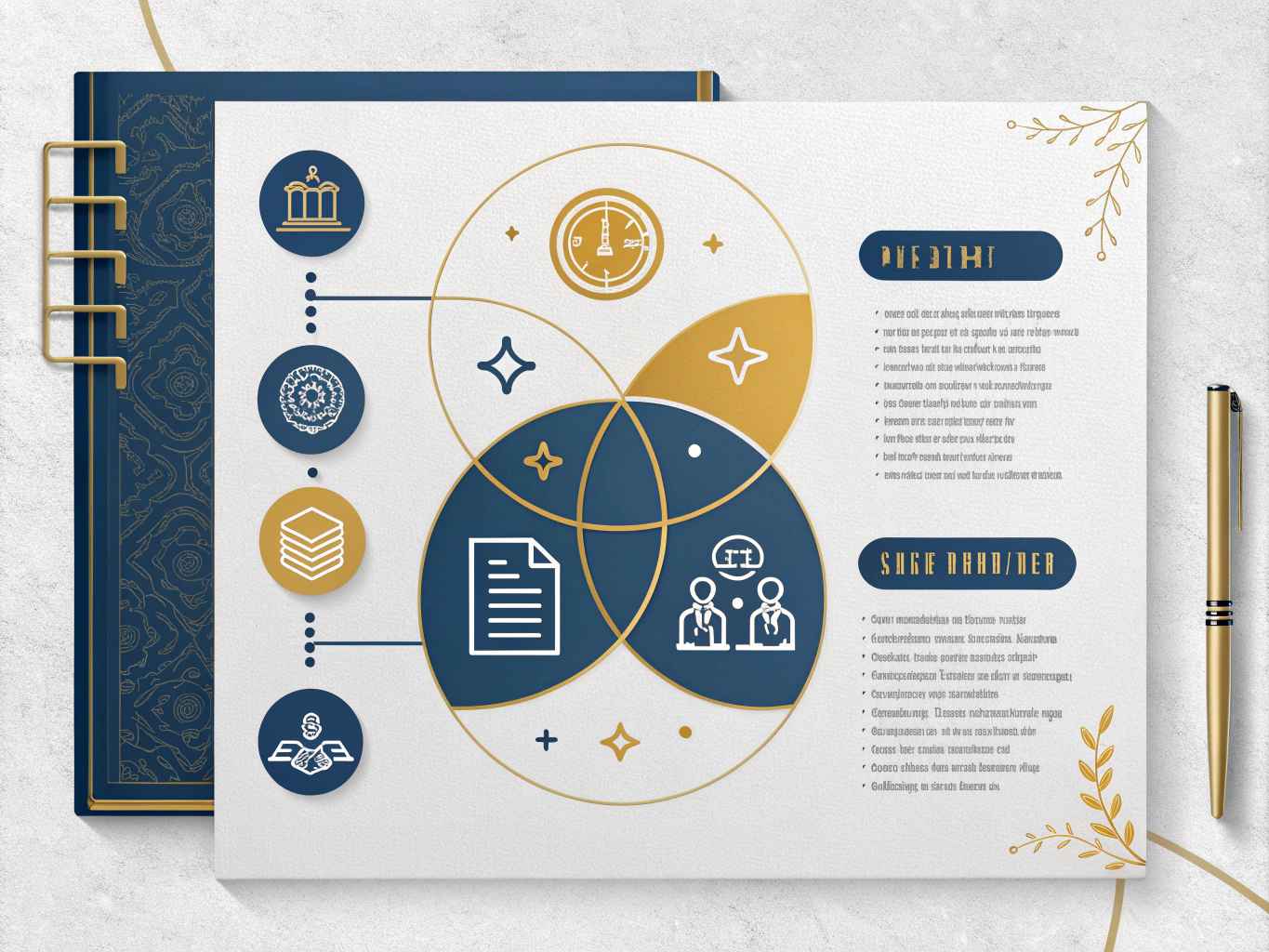Is this tool helpful?
How to Use the Spiritual Text Analysis Tool Effectively
Step-by-Step Instructions
- Enter the Spiritual Text: In the first input area, type the spiritual or religious passage you want to analyze. For example, you might enter a verse from the Tao Te Ching or a passage from the Upanishads.
- Provide King James Bible Passages: In the second input box, enter corresponding King James Bible passages for comparison. You could use verses from the Book of Revelation or the Book of Proverbs.
- Click “Analyze Texts”: After filling both fields, click the button to start the textual comparison.
- Review the Analysis: The tool will highlight distinct claims and differences between the two inputs, giving you a detailed comparative overview.
- Copy Your Results: Use the provided option to copy the full analysis for sharing or record-keeping.
Tips for Better Results
- Use passages of sufficient length—at least 100 words—to ensure meaningful comparison.
- Choose spiritually related passages to get more focused insights.
- Analyze multiple excerpts or chapters for a broader understanding.
Understanding the Spiritual Text Analysis Tool
The Spiritual Text Analysis Tool compares your selected spiritual passages with relevant verses from the King James Bible. It uses advanced language processing to identify unique claims, key differences, and overlapping themes between texts. This helps you gain clarity on how diverse spiritual writings relate or contrast with the King James Bible.
Purpose and Key Benefits
This tool facilitates insightful analysis of spiritual texts, enabling:
- Quick side-by-side comparison of spiritual writings
- Identification of distinctive claims and doctrinal differences
- Improved understanding of theological distinctions
- Support for academic and interfaith discussions
- An expanded perspective on spiritual literature
Practical Uses of the Spiritual Text Analysis Tool
1. Academic Research
Religious scholars use this tool to quickly compare texts such as Buddhist sutras with Biblical passages. For example, analyzing concepts of compassion in the Dhammapada alongside the New Testament can reveal thematic similarities and distinctions.
Example Use Case:
Input: Passages from the Dhammapada on suffering and enlightenment
Output: Highlights parallels with the Beatitudes in Matthew, and contrasts views on salvation and karmic law.
2. Interfaith Dialogue
Faith leaders use this tool to prepare thoughtful discussions by pinpointing key similarities and differences between scriptures. This encourages respectful, meaningful conversations between faith communities.
Example Use Case:
Input: Bhagavad Gita verses on duty and the Sermon on the Mount ethics
Output: Reveals overlapping moral teachings, while noting divergent views on divine law and human responsibility.
3. Religious Education
Teachers use this tool to engage students by comparing creation stories or ethical teachings from different traditions, fostering critical thinking and deeper understanding.
Example Use Case:
Input: Genesis creation narrative and the Enuma Elish Babylonian myth
Output: Points out similarities in themes of divine creation while highlighting differing cosmologies.
4. Personal Spiritual Exploration
You can explore how your personal beliefs relate to other spiritual texts. Comparing Buddhist mindfulness teachings with Christian contemplative prayer passages can reveal shared values and unique perspectives.
Example Use Case:
Input: Buddhist mindfulness sutras and Christian Psalms on meditation
Output: Shows complementary practices focused on inner peace, while noting doctrinal distinctions.
5. Scriptural Exegesis
Theologians leverage this tool to compare scripture versions or translations, aiding interpretation and understanding of textual nuances.
Example Use Case:
Input: King James Bible and Revised Standard Version texts on salvation
Output: Highlights differences in wording that influence theological interpretations.
Frequently Asked Questions (FAQ)
1. What kinds of spiritual texts can I analyze?
You can analyze a wide range of spiritual and religious texts, including scriptures from Christianity, Islam, Hinduism, Buddhism, Taoism, and other traditions. The tool accepts diverse passages and provides meaningful comparisons.
2. How long should my input texts be?
For optimal results, enter passages that are at least 100 words long. Longer excerpts yield richer comparisons. If you have very long texts, consider dividing them into sections for consecutive analyses.
3. Can I analyze non-English texts?
The tool works best with English versions of texts. If your original text is in another language, use a reliable English translation to get accurate comparisons.
4. How does the tool identify unique or surprising claims?
The tool uses natural language processing algorithms to detect claims that differ from common religious narratives. It evaluates uniqueness, specificity, and potential contradictions with familiar beliefs.
5. Can I save or export the analysis?
Yes. After getting the results, use the provided option to copy the full analysis to your clipboard, allowing you to save or share it easily.
6. Is this tool suitable for academic research?
This tool is a helpful aid for academic work but should complement, not replace, traditional study and consultation of original sources and scholarly materials.
7. How often is the underlying data updated?
The tool analyzes the texts you provide rather than relying on an internal scripture database. The processing algorithms receive regular updates to enhance performance and accuracy.
8. Can I analyze philosophical or non-religious texts?
While the tool focuses on spiritual texts, you can also analyze philosophical writings. However, the results will center on general claims and differences rather than religious themes.
9. How does the tool handle metaphorical or symbolic language?
The tool recognizes common metaphors in spiritual writings but may interpret complex or unique symbolism literally. You should apply your own contextual understanding when reviewing the output.
10. Can I use this tool for interfaith dialogue preparation?
Absolutely. This tool helps identify both common ground and divergent beliefs between texts, supporting more informed and respectful interfaith conversations.
Important Disclaimer
The calculations, results, and content provided by our tools are not guaranteed to be accurate, complete, or reliable. Users are responsible for verifying and interpreting the results. Our content and tools may contain errors, biases, or inconsistencies. Do not enter personal data, sensitive information, or personally identifiable information in our web forms or tools. Such data entry violates our terms of service and may result in unauthorized disclosure to third parties. We reserve the right to save inputs and outputs from our tools for the purposes of error debugging, bias identification, and performance improvement. External companies providing AI models used in our tools may also save and process data in accordance with their own policies. By using our tools, you consent to this data collection and processing. We reserve the right to limit the usage of our tools based on current usability factors.







